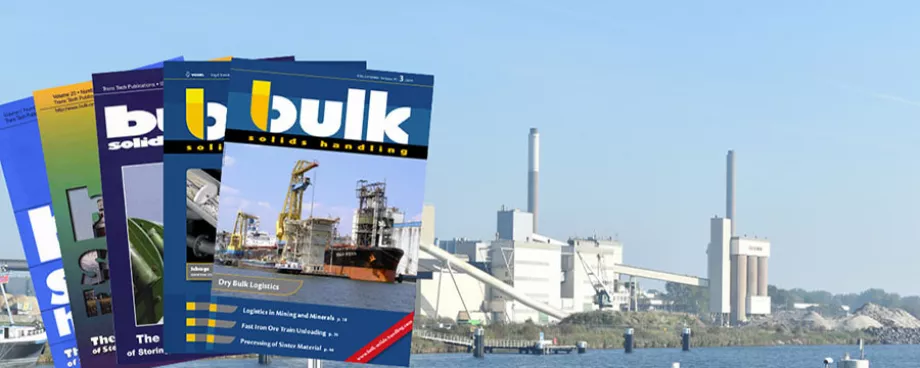As the mining progresses in the direction of the reef, the deep (1,5CX>-3,500 m) stope excavations close or converge under the tremendous rock overburden pressures of up to 100 MPa at a depth of 3,5CX> m Conventionally the closure movement has been controlled by means of timber-concrete grillage supports on mat packs which are progressively com pressed as the stope closes. The use of timber has several disadvantages:
- The handling of the timber is labour intensive and occu pies valuable shaft time.
- The timber constitutes a fire hazard and ventilation is difficult to control because of the large open spaces be tween the packs.
As an alternative the hydraulic filling of slopes in deep mines with pumped tailings is an attractive proposition as a means of controlling the convergence of the stopes, absorbing energy released from the surrounding rock and increasing the percentage extraction of gold from wide reefs.
■







